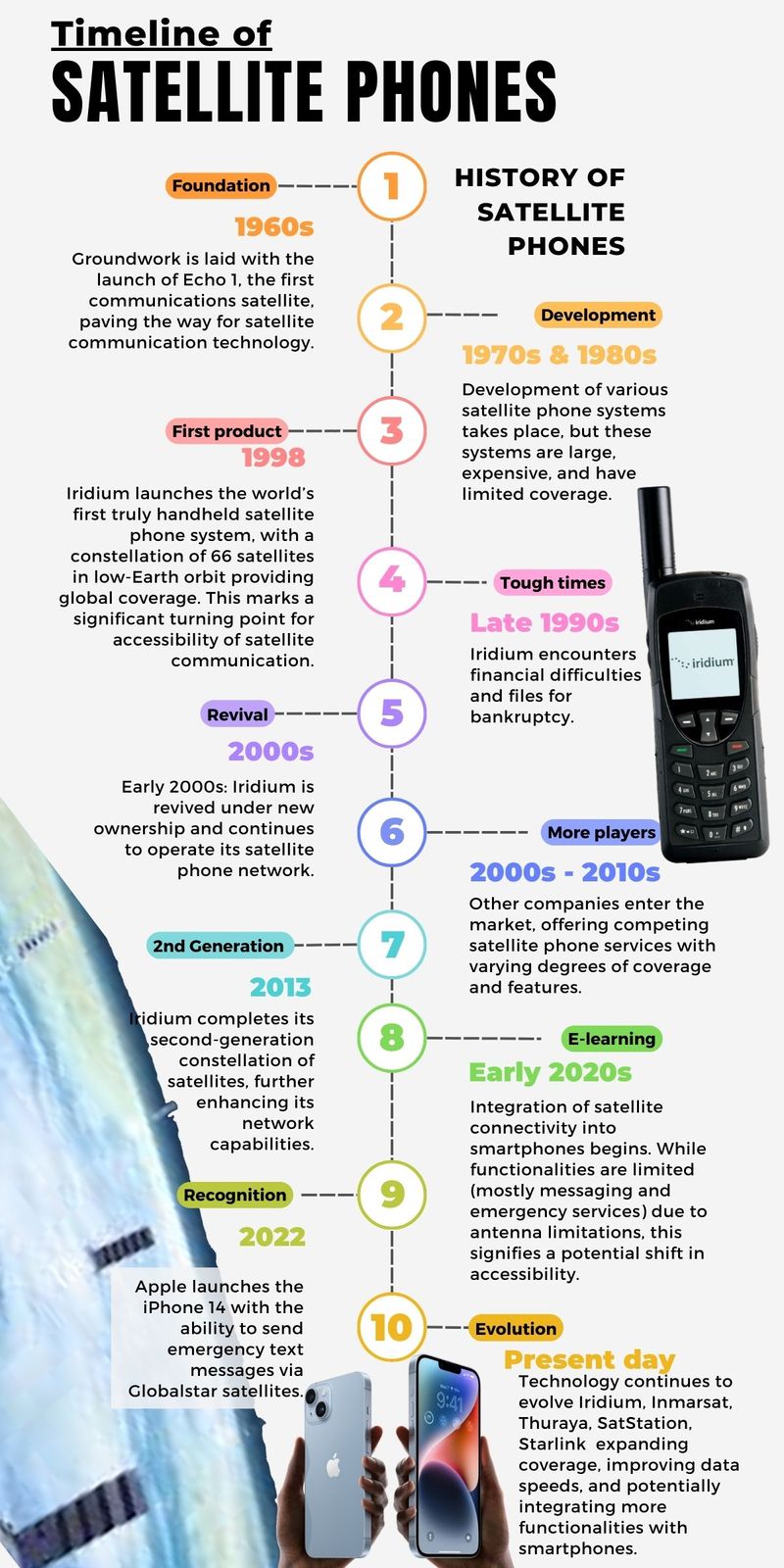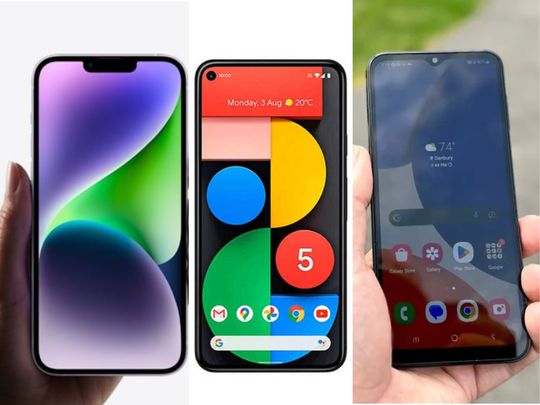Cell phones are about to get a major upgrade: satellite connectivity. Some models of unmodified 5G smartphones now “talk” to satellites, known as direct-to-cell (D2C) technology is. It’s still in its early stages.
But it poses the potential to revolutionise how we use our phones.
Direct-to-cell (D2C)
In the past, connecting to a satellite required a specialised and expensive satellite phone.
With the latest standards, direct connection between 5G cellphones and satellites – also known as non-terrestrial network connectivity – is now possible.
This means you’ll be able to send texts and emergency messages, even in areas with no cell sites.
How it works
Unlike regular phones that connect to cell towers, smartphones with satellite connectivity will communicate directly with satellites orbiting Earth.
Image Credit:
That means 5G smartphones configured with the latest standard can connect directly to Low Earth Orbit (LEO) satellites.
This expands cellular service to areas with “dead spots” anywhere. This eliminates the need for cell towers in those locations – and doesn’t require phone modifications or special apps.
New standard
Using the 3GPP’s Release 17 standard adopted by the industry, direct connection between 5G smartphones and satellites has the potential to expand cellular service to “underserved” and rural areas, potentially disrupting the smartphone market.
These are the key features of 3GPP’s Release 17 standard for 5G networks:
Satellite integration: This allows future 5G smartphones to connect directly to Low Earth Orbit (LEO) satellites, potentially expanding cellular service to underserved and rural areas. It eliminates the need for cell towers in those locations and doesn’t require phone modifications or special apps.
Network performance: Release 17 focuses on improving existing 5G functionalities like mobile broadband, industrial automation, and vehicle-to-everything communication. It also introduces features for higher mobility scenarios and improves signal handling for multiple antenna devices.
Power-saving features: The standard includes features specifically designed for lower complexity 5G devices, allowing for more efficient power consumption. This is crucial for extending battery life in remote locations where frequent charging might not be an option.
How much?
As D2C expands the possibility for a truly interconnected world, the cost for end-users has not been clearly established yet.
Phones with built-in direct-to-cell capability might have a higher price tag compared to phones without it. The premium for this feature is yet to be determined by manufacturers
Service subscription fees:
Carriers might offer satellite connectivity as an add-on service to existing plans, potentially adding a monthly or yearly fee. Specific pricing details are not yet available from carriers.
Satellite network provider fees:
Companies like SpaceX with their Starlink network might have their own fees associated with using their satellite network for phone connectivity. This cost structure is still under development.
While the total cost of direct-to-cell technology is on the pricey side, initially available on premium phone models, costs are likely to come down as it becomes more widespread as the technology matures.

Industry players to watch
Apple: iPhone 14 offers Emergency SOS via Globalstar satellite( for texting emergency service). The phone itself doesn’t have an additional cost for this feature.
T-Mobile & SpaceX: They announced a partnership to offer SMS, MMS, and messaging apps in remote areas using Starlink satellites.
Samsung: In February 2023, Samsung said had secured a new standardised 5G non-terrestrial network (NTN) modem enabling direct smartphone-satellite communications in “dead spots”. Samsung unveiled plans to integrate this modem into its own Exynos chip, used in many Samsung smartphones.
Pixel: 5G mobile service is available on Pixel 8 and 8 Pro. It’s not immediately clear what Pixel model was used by Starlink used in their D2C test.
Globalstar: A leader in the direct-to-device (D2D) market. It allows users to connect directly to Globalstar satellites in locations where they could not get a terrestrial cell signal.
Inmarsat/Mediatek: In 2023, they joined forces on two-way satellite communications direct to smartphones, IOT devices and cars.
Thuraya: Thuraya’s satellite phones use geosynchronous satellites to provide Voice, Internet/Data, Fax, short messaging (SMS), and GPRS. Remote location determination services via (GPS) are also possible.
Internet-of-everything era
Industry officials see direct-to-cell technology as an accelerator of the commercialisation of 5G satellite communications, bring it mass market, and pave the way for the 6G-driven Internet of Everything (IoE) era.

